When daily life has you rushing from one thing to the next, mindfulness may be the last thing on your mind. And while the benefits of being present and connecting with your inner self are clear, actually finding the bandwidth to do so is tough at the best of times, and nearly impossible when everything feels like a race.
Technology, of course, is one of the main players in the games of stress and distraction these days, however it can also be a great tool for refocusing your energies. That’s the idea behind OYE, a new wellness app that promotes creative wellbeing, allowing users to check in with their emotions through a series of fun and accessible mindfulness practices. From breathing and meditation exercises to dancing prompts, the app is designed to help you cope with whatever emotional state you find yourself in, and to channel your feelings to reach a state of calm and clarity. Created by a team of Latin American powerhouses – Colombian superstar J Balvin (José Álvaro Osorio Balvín), ed-tech and “happiness activist” Mario Chamorro, and writer Era Antiló – OYE is available in both English and Spanish.
We chat with the trio about the ways they’ve learned to make lemonade out of emotional lemons, and how they hope to change the stigma around striving towards wellness of the mind.
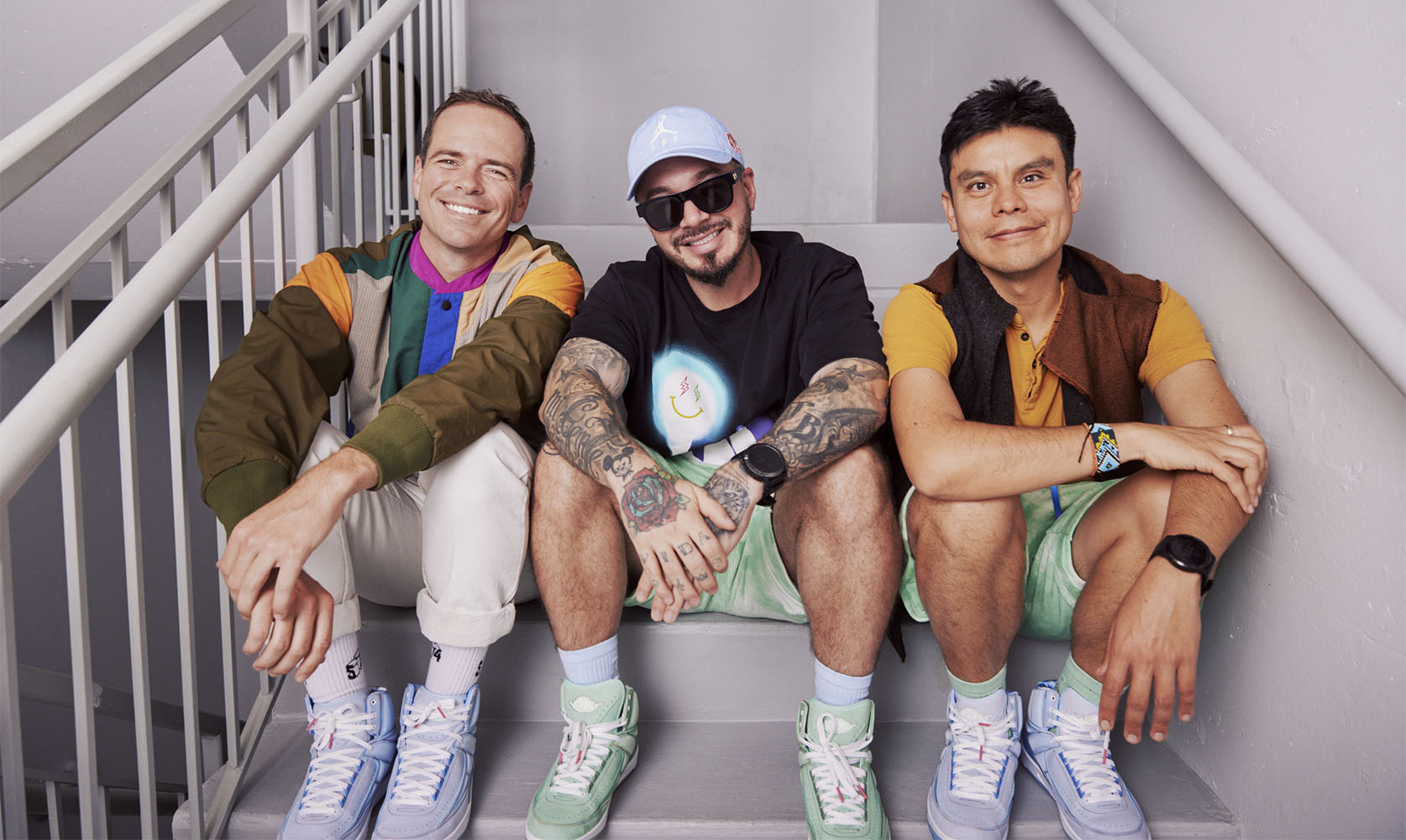
José, your career has always revolved around music and performance; Era, you’re a writer; and Mario, you’ve always worked with technology, podcasts and apps. How did the team come together to create OYE?
José: After the pandemic, global youth – really, everyone – is extremely burnt-out. Anxiety, depression and feelings of being lost in life are very common now. I myself have experienced them, and I’ve learned that through meditation, movement and connection, it is possible to go from fear to creativity. In 2021, I got together with Isaac Lee, founder of Exile Content, who introduced me to Mario and Patrick Dowd, and together we started dreaming about how to help people feel better and take care of their mind and body. In less than two months, we created the OYE council.
Mario: They say that the big changes in the world happen when you have four quadrants: art, science, engineering and design. Within art, we have people like José, who, through his music, has turned his emotions into creative energy. We also have people like Era, who is a writer. On the science side there is a beautiful combination because we have José’s psychiatrist, who has been there since day one, and also Mari Sierra, our Head of Wellness. In engineering we have Ana María, our Head of Product, and our entire product team. Finally, in design, we have Patrick, who is my co-founder and who is in charge of branding, and Daniela, who does content and communications.
Art is expression, science takes information from the world and turns it into knowledge. Engineering converts that knowledge into utility, and what design does is communicate it. OYE is right in the centre. This is how the team was formed, taking these four variables into account. And we are 80% Latina women.
How did your journey in wellness start?
José: I was losing touch with my ability to feel things. I didn’t feel connected, and people around me used to say: “Why are you depressed if you have everything?” But what is everything? For me, everything is being emotionally and mentally well. It is staying connected to me, to the people I love, and to all the people that have accompanied me to materialise my dreams. I want to give them the best part of me and live true to what I am on the inside. So I started incorporating wellness mind-body practices in my life, which helped me reunite with my true self.
Era: I’ve carried out more than twelve years of research, studying the creative mind and seeing how a creative mind is sculpted, and how a person uses all the natural tools that they already have in order to create the reality that they want. That is what OYE helps you do, to ignite your emotional superpowers, to ignite your human potential and use that energy to manifest the reality that you want.
What is creative wellness?
José: Creative wellness is about transforming your emotions into creative actions and immersing yourself in the journey of feeling better, becoming the creator of your life, and shaping the future. It’s the practice of being present in our internal climate change and recognising that there are no good or bad emotions. All feelings are teachers that give you exactly what you need to continue creating the life you want.
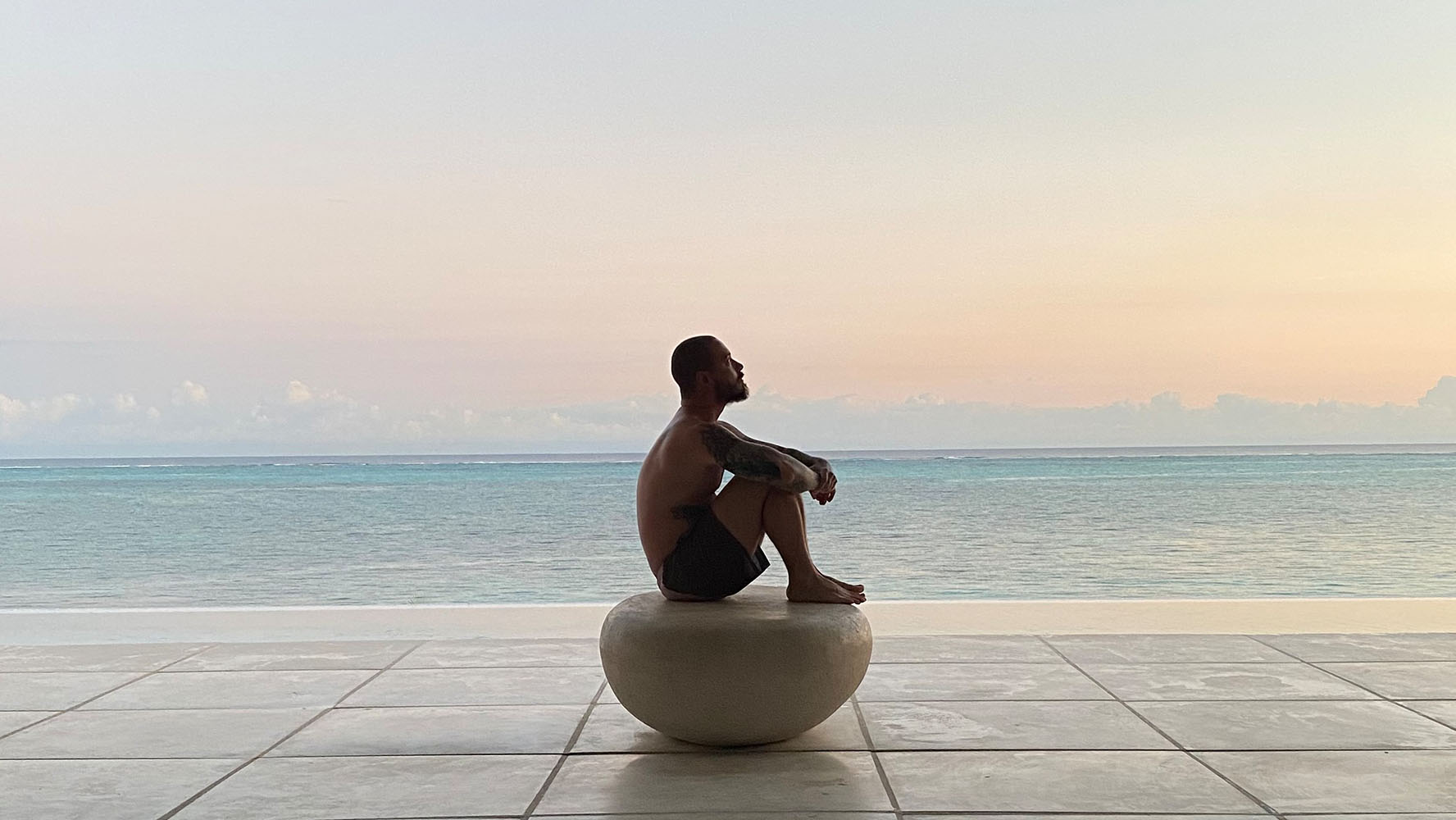
So OYE is about learning to recognise our emotions and convert them into creative actions. How is mental well-being related to artistic pursuit or artistic expression?
Era: The mind is made up of three systems: the reptilian system, the limbic system and the neocortex. The reptilian system is all about survival. When life is at risk, then the whole system is activated to preserve it. The limbic system has to do with emotions and our human relationships, and the neocortex has to do with our ability to analyse and to create with what happens in the other parts of the brain.
What creative well-being does is that, at the mental level – the level of the limbic system – it helps you process your emotions harmoniously. We have different types of practices to accompany you to feel better. We have practices of movement, meditation, reflection. Through this type of practice, the person can move through their emotion in a healthy, contained and guided way, so that at the end of their practice, they can have that energy available and use it in their daily life to enliven what they want in that moment.
OYE does not replace therapy or medication, but rather complements them so that you can hear yourself better, feel better and have better human relationships. You learn to listen to the other person, validate their emotion and also accompany them in this process of feeling better together.
José, you’re credited as OYE’s Chief Dream Officer. What exactly does that mean to you?
José: It means being a partner with purpose and helping the OYE team to dream big, listen and grow together. You have to be brave to follow your dreams, it requires a lot of presence, focus and passion. But when you know how to tap into your light, you can become an inspiration to yourself and others, and keep driving towards a higher vibe.
Mario, you’ve been described as an “activist of happiness”, how does one go about that? How did you realise wellness was your passion?
Mario: Activism is something that you believe can change the world. In my case, it came from trial and error. I found this call to raise awareness about the prioritisation of happiness, that’s why I consider myself an “activist of happiness”.
How does this transition into creative wellness? Happiness is just one of many emotions – and there are no positive or negative emotions. For me, recognising this as an activist of happiness is important. Especially during the pandemic, when the worst thing you could say to a person who had depression or anxiety was “be happy”, it was like *makes a slap gesture*. I learned this, people very close to me have depression or anxiety, so as a “happiness activist” I could no longer pull tricks out of my magic hat, and I realised that I had other things to learn. That was the bridge. Now I would like to be an activist of creative wellness.
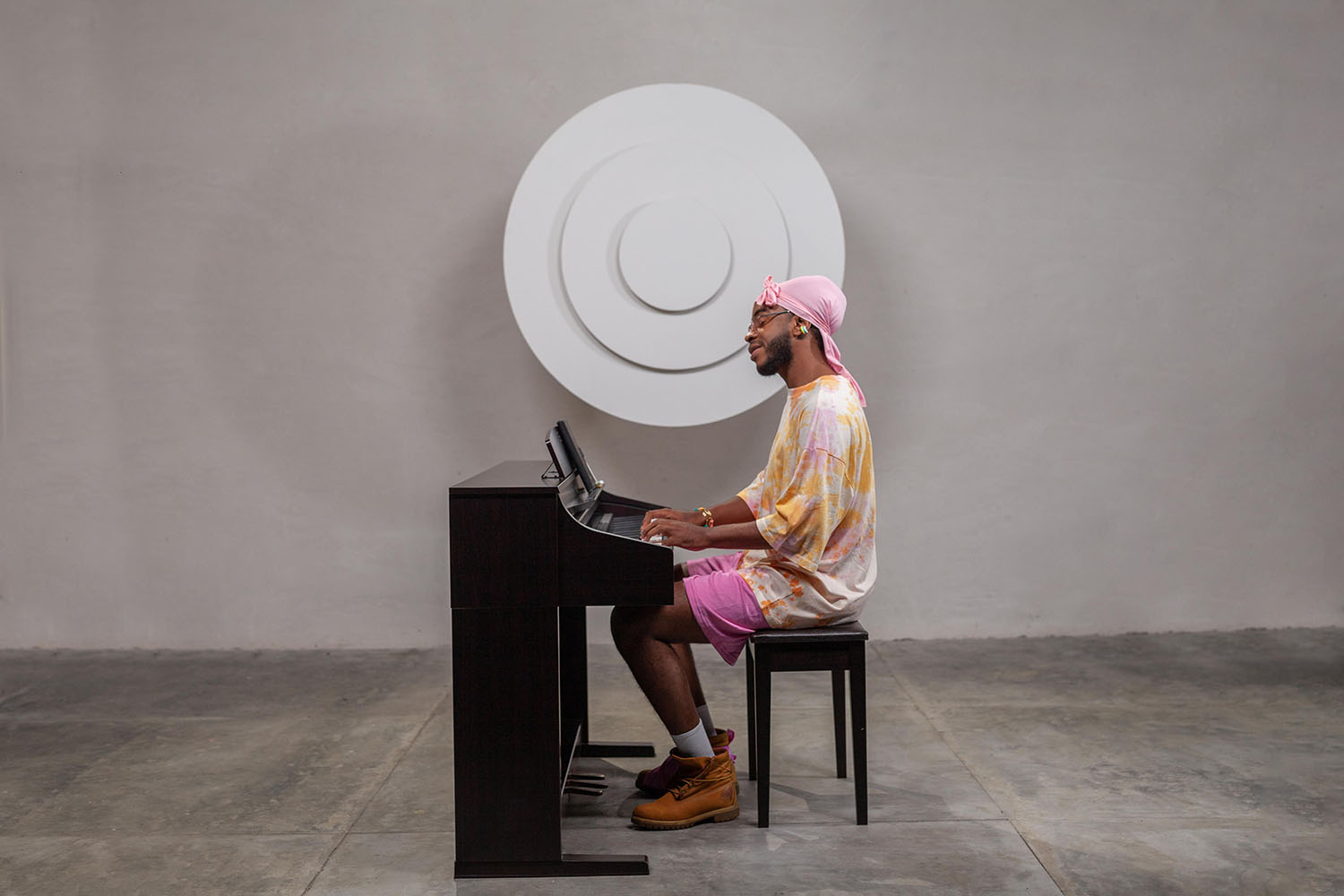
How has OYE contributed to your own mental and emotional wellbeing?
Mario: When my dad had a brain haemorrhage, he went into a coma for 20 days. At that time, we already had the BETA version of the app, and the truth is that while I was sitting outside my dad’s hospital room, with my mom, it occurred to me – I said, well, if this tool helps me right now, it couldn’t be a more difficult test. I pulled out the app and said to my mom, “How are you, mom?” and the answer was obviously, “Fine, mijo”. No, mom, how are you really, let’s do this emotional check-in. We did it, I started to show her the different emotions, the energy levels, then we zoomed in and she starts going, “I feel stressed, I feel sad, I feel overwhelmed and I feel a lot of anxiety.” For the first time, I had the opportunity to connect with my mother about our emotions. We had a very beautiful conversation, we were able to be open. After better understanding how she felt, which was very focused on fear, the app suggested a series of practices. It was a neck exercise to release stress. We did it with my mom, and afterwards my mom gave me a hug, both of us were teary, and she told me, “Wow, I feel much lighter, thank you.” It clicked in my head, like this thing works.
Era: I had a moment of accumulated stress that led me to experience a lot of anger, and I said, “Oh, surely this OYE thing is useless,” and I started to do anger practice. In 15 minutes I had released my emotion, had transformed it. I was impressed with the fact that it is very effective in helping you return to your centre and continue with the same dynamic level of your day to day, but from a centred place.
José: OYE helped me realise that part of my wellbeing is also helping others. I want to create a better world for my son and every other kid and person out there. But it has also taught me that meditation is not the only way to find your centre. You can dance to release anxiety, you can use your voice to disarm fear, and you can breathe at the pace of an instrument to transform anger into creative energy. So I’ve learned new ways to feel better with the wisdom of all the Latin Guías that share their creative wellness practices in the app. I really encourage people to download it, it’s life-changing.
What’s been the toughest lesson to learn when it comes to your own mental and emotional wellbeing?
Mario: We humans have gotten used to instant gratification, and having a conversation about emotions is difficult, even with people who are very close to us. We know that the content of OYE is complex because it’s a challenge, facing your own ghosts is difficult. One usually hides in their work or in other things. In the research we did at the beginning, a lot of people told us that personal growth is hard and never ends. You go to the gym and do weights, if you stop doing it, all the exercise is gone in less than a week; emotional well-being, creative well-being is the same. It requires a lot of discipline, perseverance, vulnerability and introspection. Generally when you are looking to start a technology venture, what you are looking for is instant gratification, but that is not our case. You gotta dive in to grow. That is a challenge for me.
Era: A person’s centre, the source of life that is the person, is always there. But every day you have to walk towards that centre and place yourself in it. The day and its movement are always dragging us away from that centre, and you have to do the work of meeting at your source to be able to act from there, so that everything you do is for your highest good. You never get to that centre and just stay there. We are dynamic beings, so we have to return to that inner home, and the app is very effective in this when it invites you to breathe, to put yourself in your centre, to identify and honour your emotion, feel it, release it, and then act – so that in this way, all our actions are more aligned and less reactive. That is to say, our actions are responsive.
José: It’s always a work in progress, although you may have valuable insights one day, probably the next day they won’t work because we are always changing. So emotional and mental wellness requires absolute presence to regulate your reactions and make sure you respond in a centred way to every moment, acknowledging the wisdom that it brings to your life.
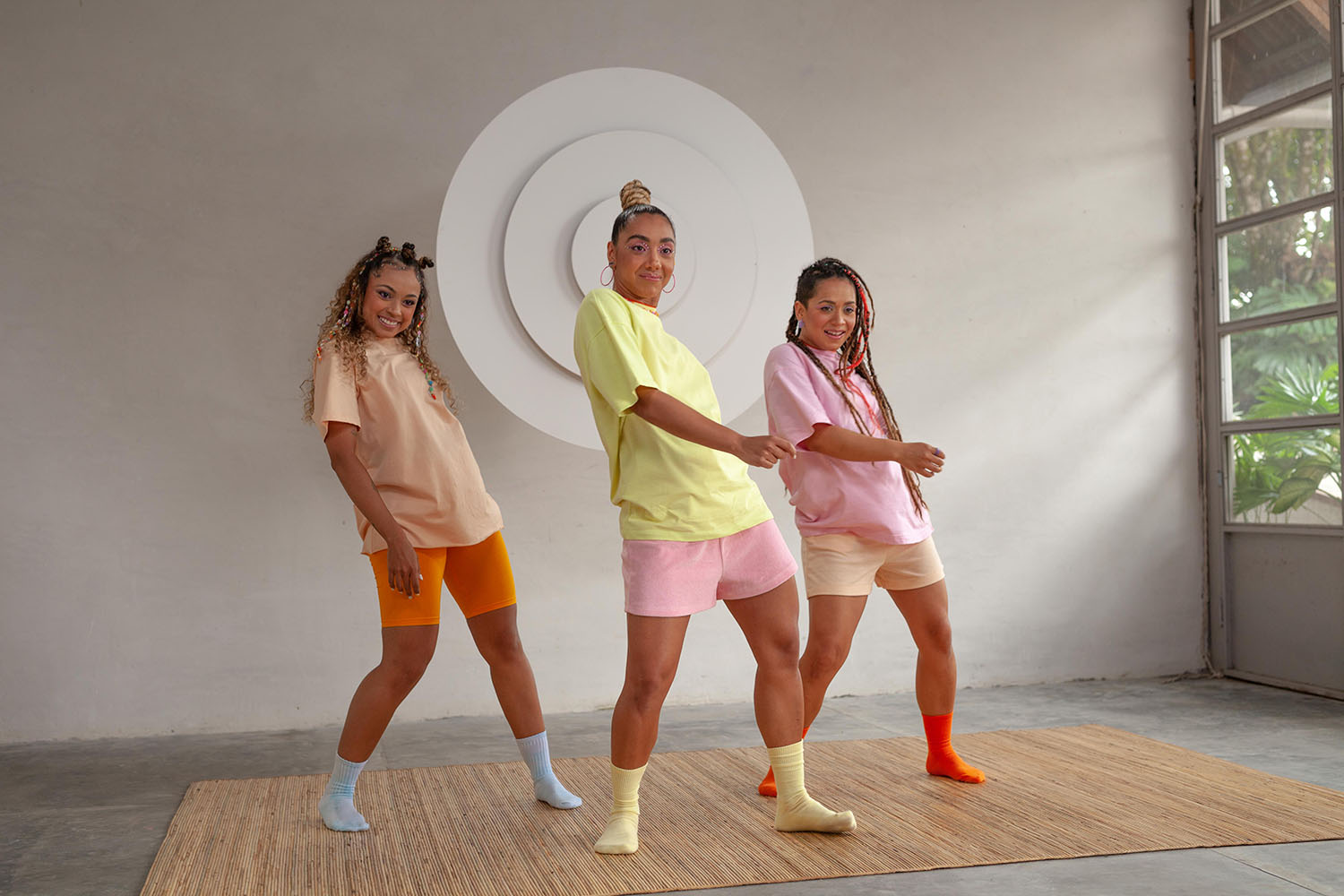
OYE is a bilingual app partly targeted towards the Latino community. How do you think mental health and wellbeing are approached differently in the Latino community versus other dominant cultures?
Mario: The stigma in the Latino community has always been very high. We initially did a survey of about 400 people, and more than 90% of people said that their perception of mental health was negative. The first thing that came to their minds was Arkham Asylum or the cuckoo’s nest from that Jack Nicholson movie. Interestingly, in countries like Argentina, going to the therapist or psychologist is like going to the dentist, which is not the case in Mexico, Bolivia, Ecuador or Colombia. On the other hand, there is a generational gap. Gen Z people are much more open, and the stigma is lower. Millennials are in the middle range, while Baby Boomers have a much higher stigma. One of the big challenges for us is definitely lowering that stigma so that people feel comfortable having these conversations without any taboos.
José: Unfortunately, mental and emotional wellbeing are still considered taboo for much of the Latino community, and many other cultures worldwide. Most people don’t want to talk about their deeper emotions, they see vulnerability as a threat. But as we stay open and true to our feelings, we can see vulnerability as a superpower for growth. That’s why we created the OYE app, to be a safe place for multicultural communities to feel better and become the creators of their lives. OYE has the right energy, the right vibe.
We want to spread love, spread our learnings on how to feel better, take care of our minds, our bodies, and stay connected to ourselves and the world around us.
To download the OYE wellness app, visit oye.co.

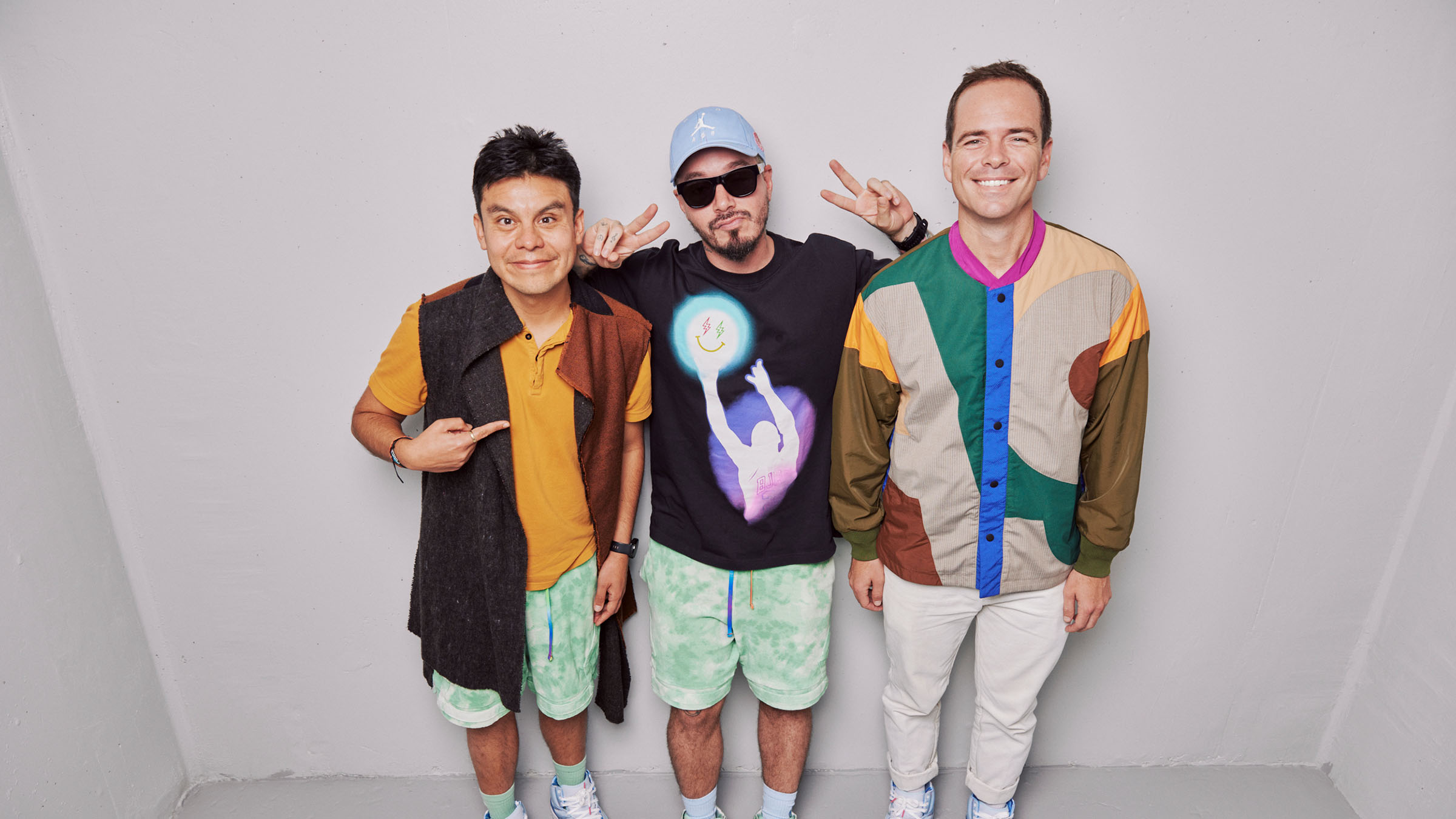
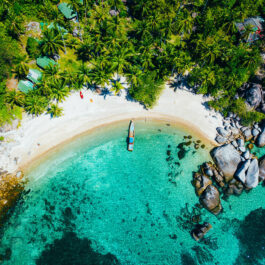

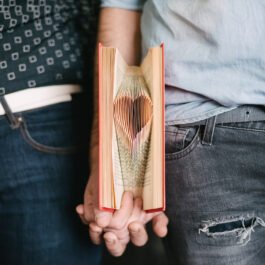
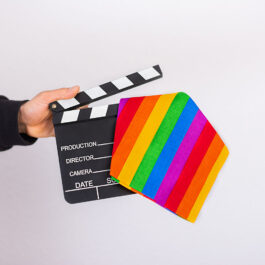
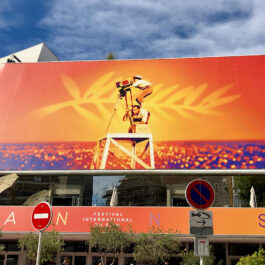

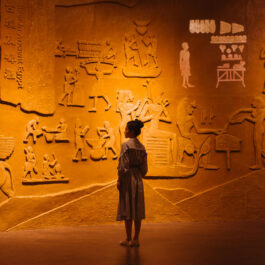
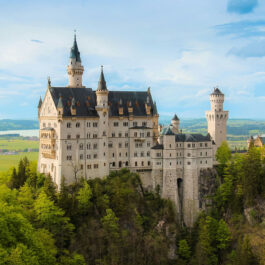
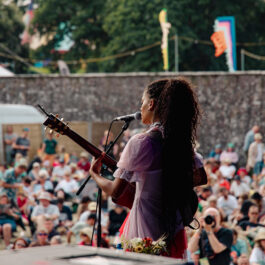

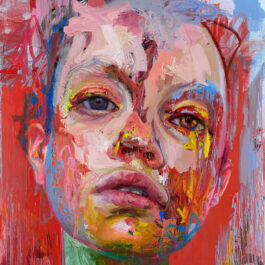
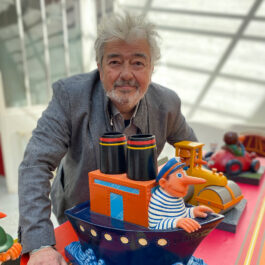
Sorry, the comment form is closed at this time.